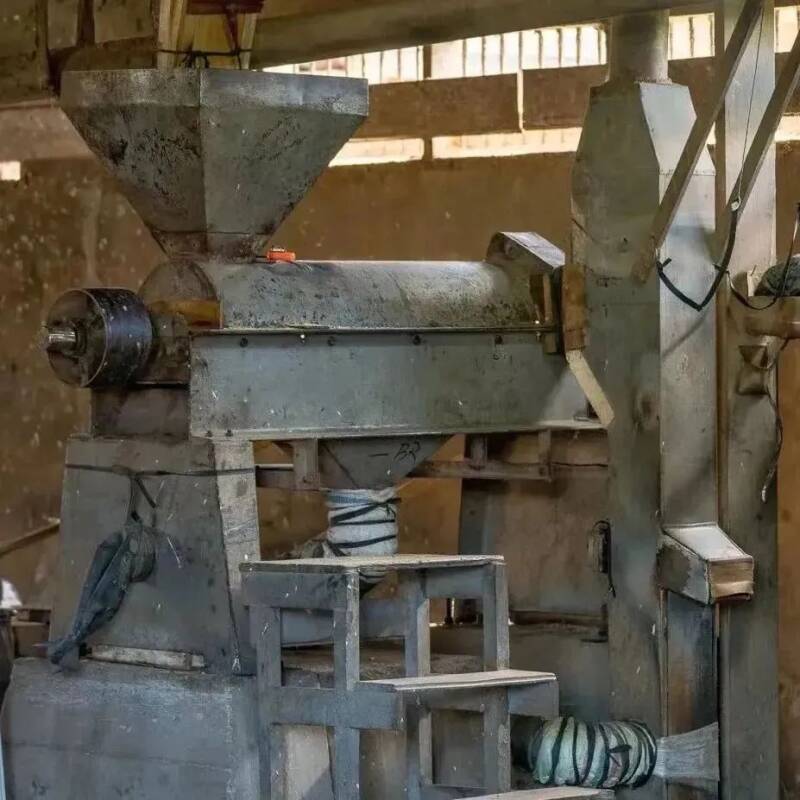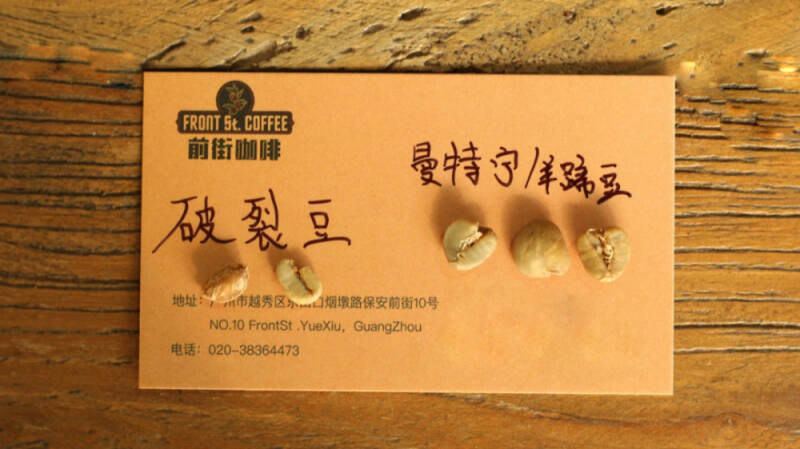Why do Indonesian Mantonin coffee beans use wet planing?
When it comes to Shenhong coffee, many people think of Asian coffee beans, the most common of which is coffee from Indonesia. Manning coffee, in particular, is famous for its mellowness and fragrance. Currently in Qianjie Coffee, there are two kinds of Manning Coffee, namely Lin Dong Manning and Golden Manning. Golden Mantenin coffee beans are cooked with wet planing method, and the entrance will have the flavor of baked toast, pine, caramel and cocoa. The taste is rich and mellow, the overall level is varied, full-bodied, balanced, and the finish rhyme has a long-lasting caramel sweetness.
Regular buyers of Manning coffee will ask why wet planing is common in coffee treatment. Mainly in line with local conditions, Indonesia is the world's largest archipelago country, located in the tropics, mainly belongs to the tropical rain forest climate, the annual average temperature is between 25 and 27 ℃, most areas are hot and rainy, the climate is warm and humid, the sunshine time is short, and the humidity is as high as 70% and 90% all the year round. As a result, the rainy weather makes it difficult for Indonesia to dry coffee berries through prolonged sun exposure, as in other countries. In addition, in the washing process, after the coffee berries are fermented in water, it is also difficult to have enough sunlight to dry them.
Therefore, the wet planing method (Wet Hulling, known as Giling Basah in Indonesian) was born, which is also known as "semi-washing treatment". The treatment method is similar to that of traditional washing, but different. The wet planing method is the same as washing hair in the early stage, after a short period of sun exposure after fermentation, the sheep skin is removed directly when the moisture content is high, and then the sheep skin is finally dried and dried. This practice can greatly shorten the sun drying time of coffee beans and finish drying more quickly.
In addition, at that time, Indonesia was colonized by the Netherlands, and coffee cultivation and export were also controlled by the Dutch. At that time, the wet planing method could effectively reduce the coffee processing time, reduce labor investment, and have a large profit margin. Therefore, the wet planing method has been widely promoted in Indonesia.
Now, after the coffee berries are harvested, the poor quality coffee will be selected by flotation, then the peel and pulp of the coffee fruit will be removed by machine, and the raw coffee beans with pectin and sheep skin will be put into the pool for fermentation, during which the fermentation can decompose the pectin layer of the beans, which will end in about 12-36 hours of fermentation to get the coffee beans with sheep skin. After that, the coffee beans with sheep skin are placed in the sun for drying, which depends on the weather. After drying, the water content of the coffee beans can be reduced to 30% to 50%. After drying, a shell planer is used to remove the sheep skin of the coffee beans. finally, the moisture content of the coffee beans can be reduced to 12% by drying.

Although this method is very suitable for the local climate and speeds up the processing process, this method also has a drawback, that is, it is easy to appear sheep's hoof beans. Because it is very violent in the process of using a shell planer to remove the sheep skin of coffee beans, it is easy to crush and squeeze the raw coffee beans while removing the sheep skin, especially at the front and back ends of the coffee beans, some coffee beans will form cracks similar to those of sheep's hoofs, so these beans are called "sheep's hoof beans". However, in the current purchase of PWN gold Mantenin coffee beans will be relatively rare "sheep's foot beans", which should be an improvement in the processing process.
Today's PWN gold manning is produced by Pwani Coffee Company Coffee, which has acquired almost all the best producing areas in Indonesia, so most of the coffee beans produced by PWN are boutique coffee. And PWN registered gold manning as a trademark, so only PWN produced the real gold manning.

After buying raw coffee beans, PWN will arrange three manual selections to remove defective, small-grained, ugly beans. The rest are large, full-grained coffee beans with small defects, which improves the cleanliness of the coffee, so the price of gold manning is much higher than that of other mantenins.
For more information about coffee producing areas, please scan the code directly and follow: coffee comments.
Long press the QR code to follow:
Important Notice :
前街咖啡 FrontStreet Coffee has moved to new addredd:
FrontStreet Coffee Address: 315,Donghua East Road,GuangZhou
Tel:020 38364473
- Prev

The National Bank of Ethiopia releases new foreign exchange policy!
According to Ethiopian media reports, the National Bank of Ethiopia (NBE) launched a new policy on October 15 to limit the spread between the bid price and ask price of foreign exchange transactions to 2%. And this policy adjustment will take effect from 16 people in October 2024, and will be adopted in July 2024.
- Next

Can the coffee machine cook egg dishes? How to make coffee egg pudding delicious?
When it comes to the players in our circle who know how to "do things", they are called a talented person. They seem to always find many interesting coffee practices in ordinary trivial matters, which will "open everyone's eyes." In the past two days, I have discovered another new skill of the coffee machine while surfing on Qianjie-making "egg pudding". It is said that it only takes a few simple steps
Related
- What effect does Italian American coffee with filter paper have? Will coffee taste better if it is put on filter paper at the bottom of the powder bowl?
- What is the color difference in coffee beans? What are the characteristics of honey processed coffee beans? Why are the anaerobically treated coffee beans uneven in color?
- How does novice Xiaobai quickly get started and make coffee? Newbies learn to make coffee by hand and share the specific steps and process process!
- Costa tea has a shelf life of 100 years?! Expert: Unable to verify
- It's a huge uproar! American milk addition was rejected by Manner employees?!
- Mocha pot coffee bean recommendations| How fine and how much powder should be used for grinding? What parameter ratios do I need to use to make milk with Mocha pot coffee?
- What are the characteristics of the world's top ten coffee beans treated with Costa Rica honey? How to make black honey kadura from Tarazhu Pilon Processing Plant taste good?
- How to make deep-roasted coffee? What grinding water temperature does authentic Jamaica Blue Mountain No. 1 coffee use to brew it well?
- Selected high-grade rose summer coffee flavor tasting guide Why Panama rose summer has the aroma of flowers and fruits
- What equipment does a novice Xiaobai need to buy to learn to make coffee? Filter cup electronic scale bean grinder manual flushing pot purchase guide

